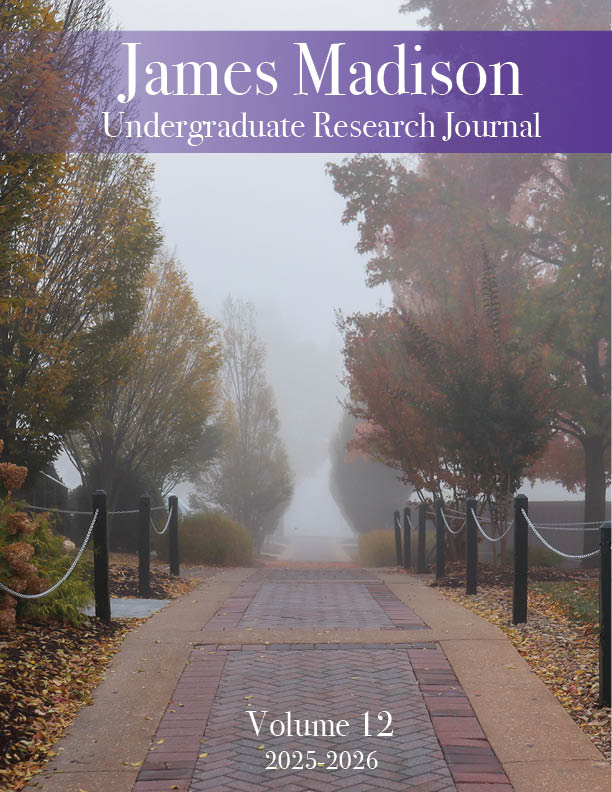Pareidolia and Creative Potential: Exploring Individual Differences in Attention to Pareidolia
Anna Prinz
Pychology
Faces are important stimuli in our environments and elicit a greater attentional response than non-faces. This is also true for pareidolic faces, which are objects in which individuals see features of faces such as eyes and mouths. Creative potential can affect pareidolic processing. Recent studies have found that perceptions of pareidolia occur more often and quickly in individuals with higher creative potential (HCP) compared to individuals with lower creative potential (LCP), which might contribute to greater distractibility for HCP individuals. In the present study, I expected that individuals with HCP would be more distracted by less pareidolic stimuli compared to individuals with LCP, resulting in a slower reaction time. Instead, I found that individuals with HCP were not significantly more distracted by pareidolic faces than individuals with LCP. HCP individuals ability to easily perceive pareidolia may have resulted in higher familiarity with and therefore fewer distractions by these stimuli, resulting in similar reaction times in HCP and LCP participants.



